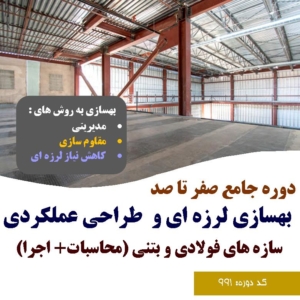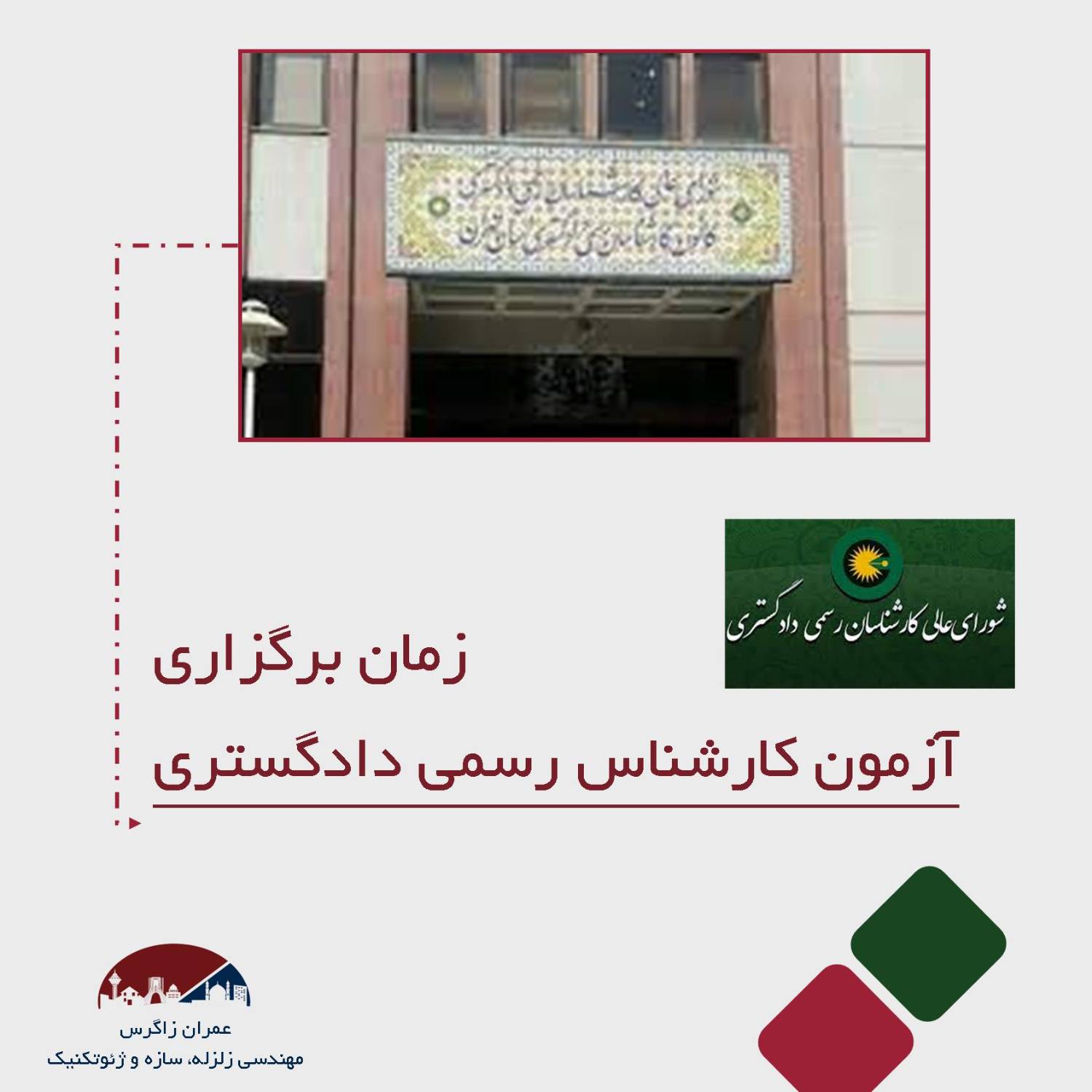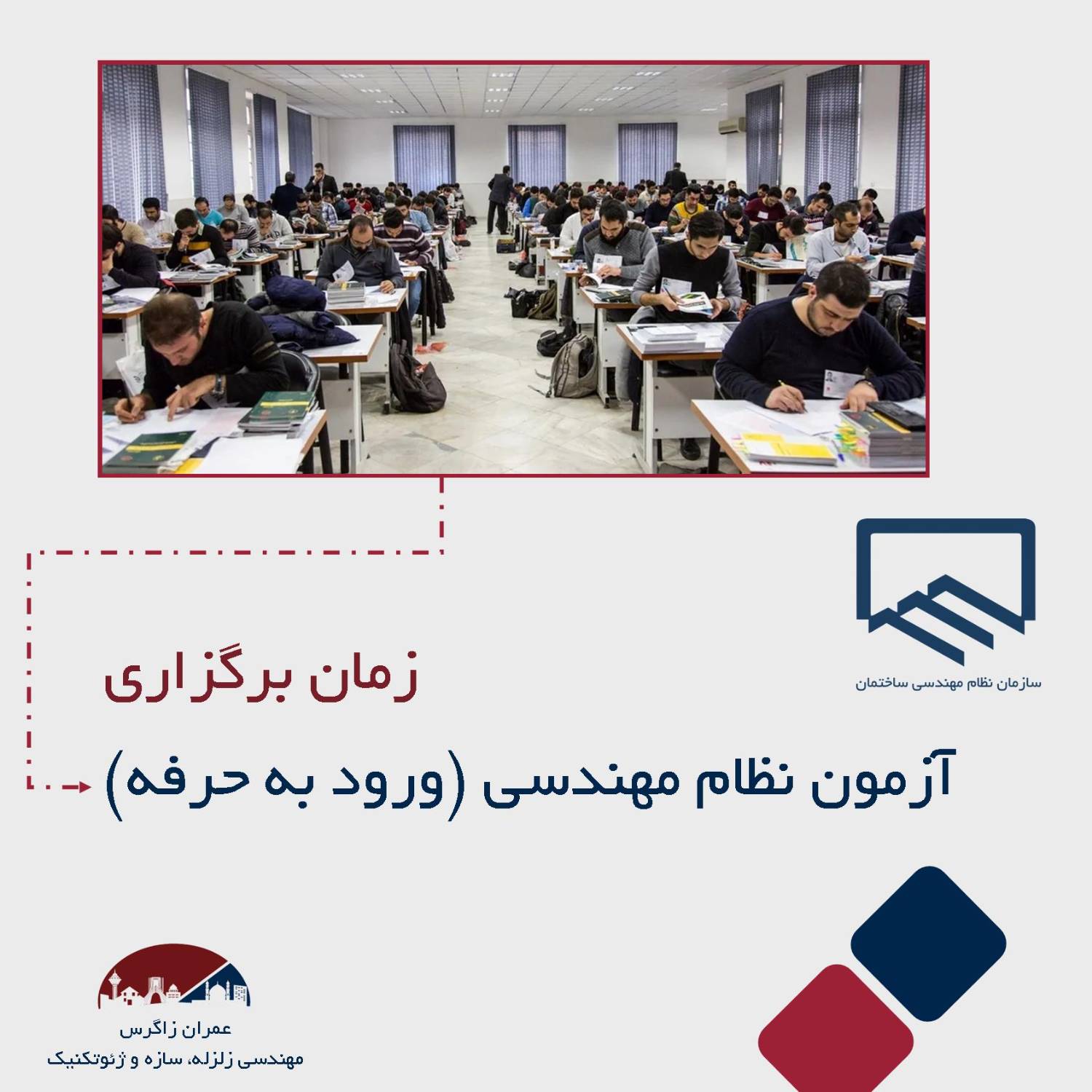Hazards to engineering structures from induced seismicitys (خطرات زلزله های القایی برای سازه های مهندسی)
There has been a significant increase in the rate of earthquakes associated with hydraulic fracturing and wastewater disposal. The increased rate of seismicity and the potential for localized strong ground motions from very shallow events poses an increased hazard to critical infrastructure such as major dams—particularly for older high-consequence structures. I overview the factors that affect the likelihood of damaging ground motions and examine their implications for hazard assessment and mitigation. A strategy to reduce the likelihood of potentially damaging ground motions should contain elements of both mitigation and avoidance. For critical facilities, an effective strategy includes (i) an exclusion zone having a radius of ∼5 km; and (ii) a monitoring-and-response protocol to track the rate of events at the M> 2 level within 25 km, with adjustment of operational practices if required. An exclusion zone provides a deterministic safety margin to ensure the integrity of those few facilities for which failure consequences are unacceptable. Real-time monitoring tied to a response protocol can be used to control the rate of significant events and thereby limit the hazard more broadly.


















































